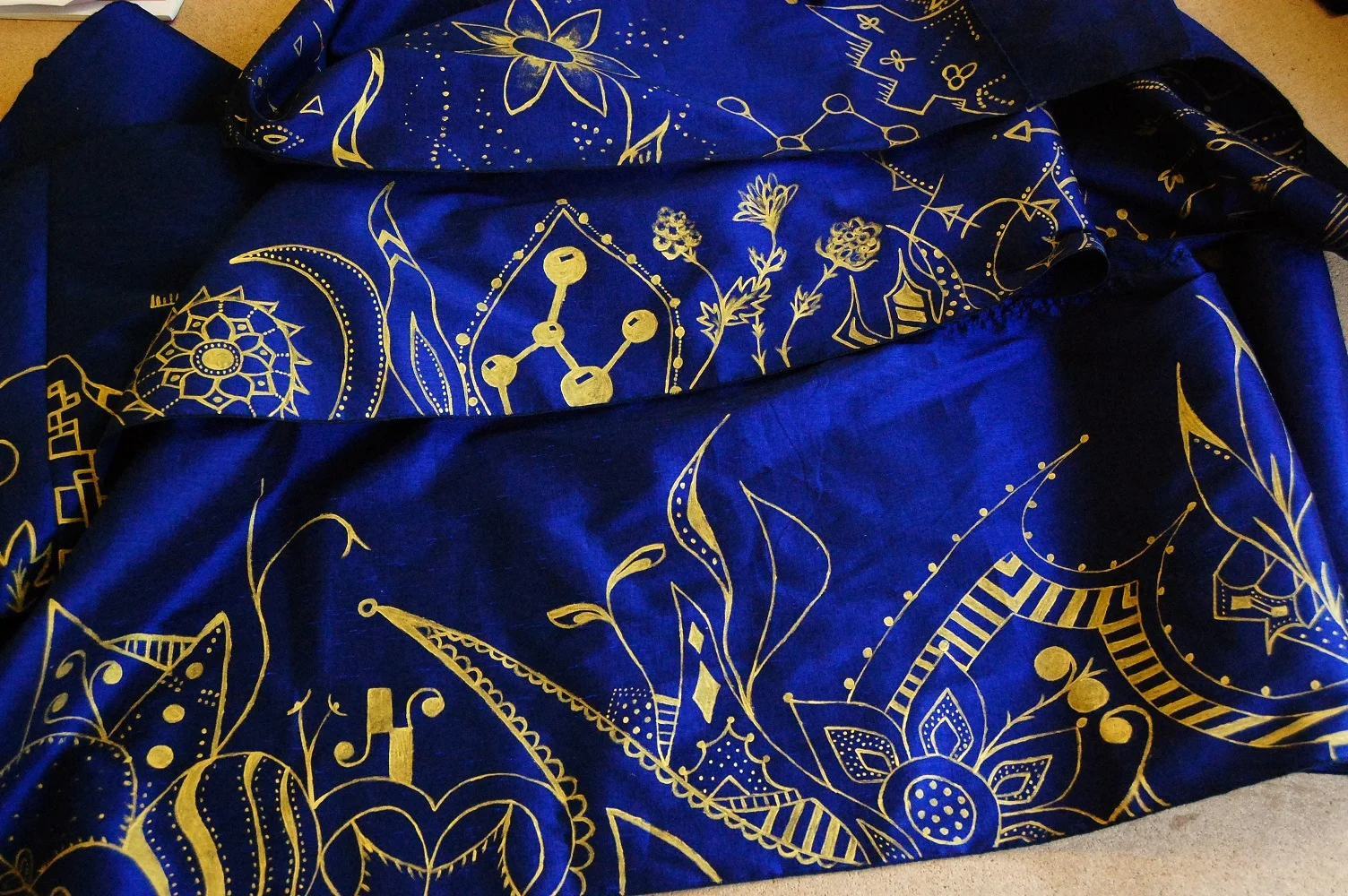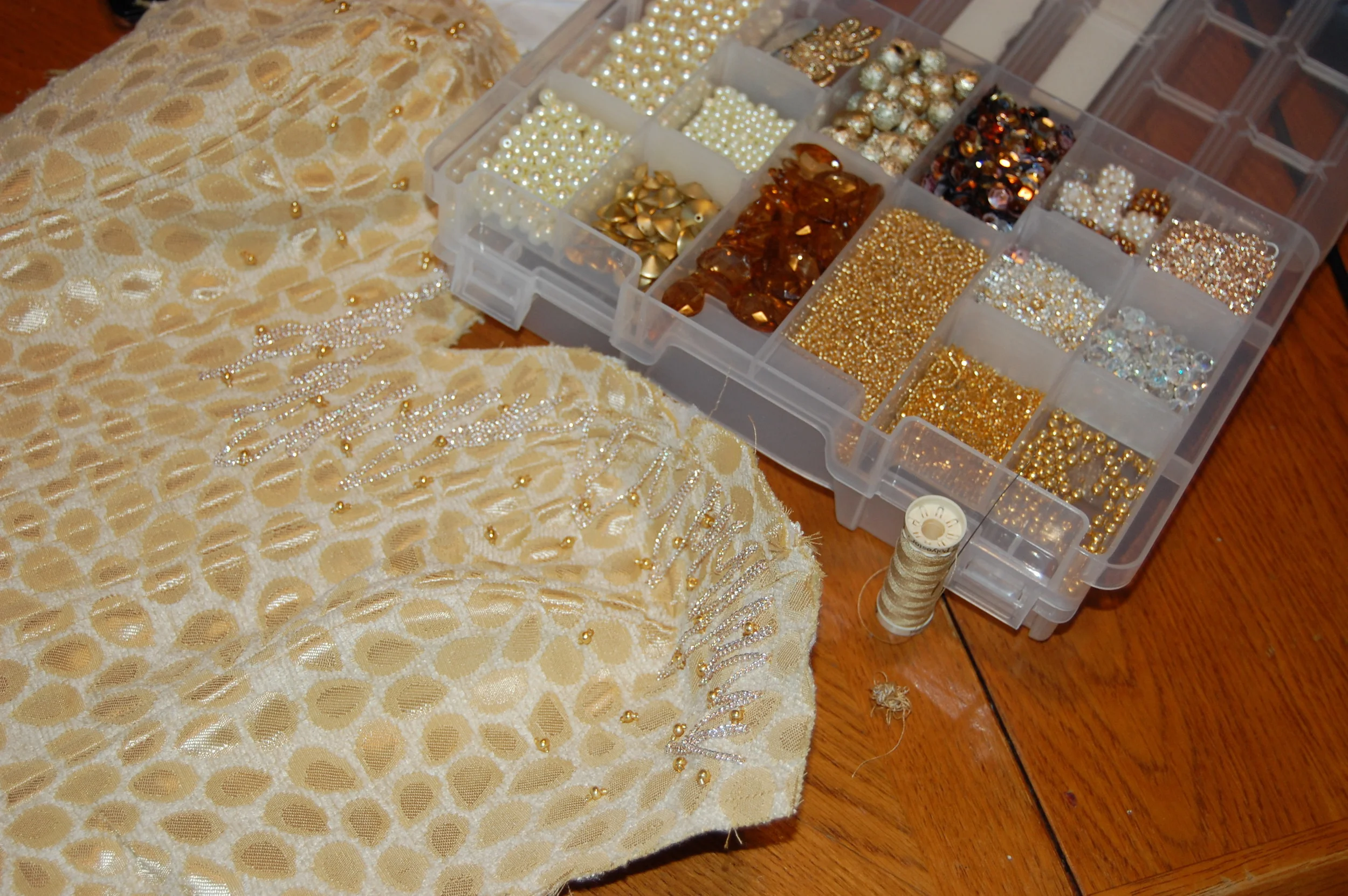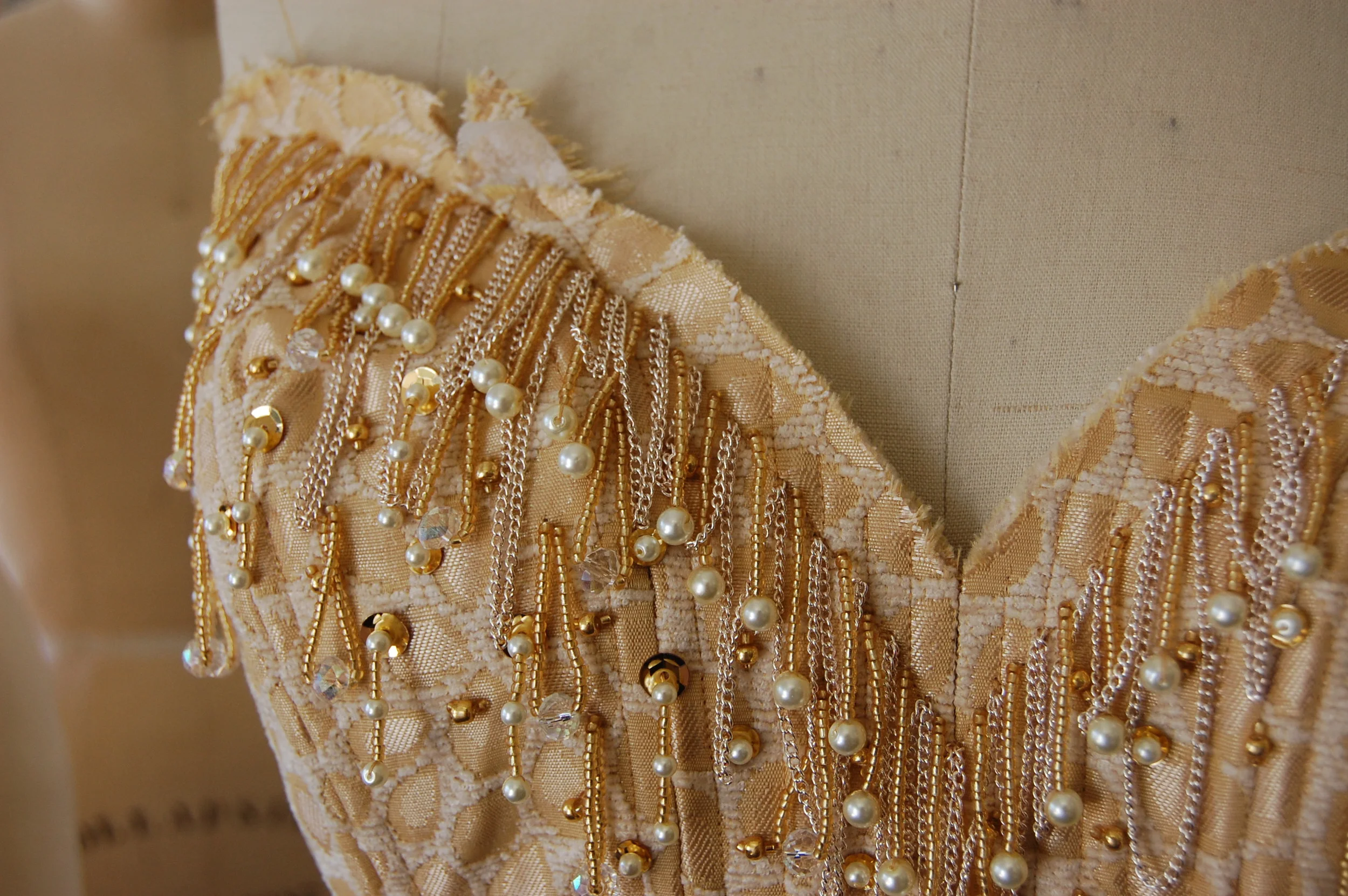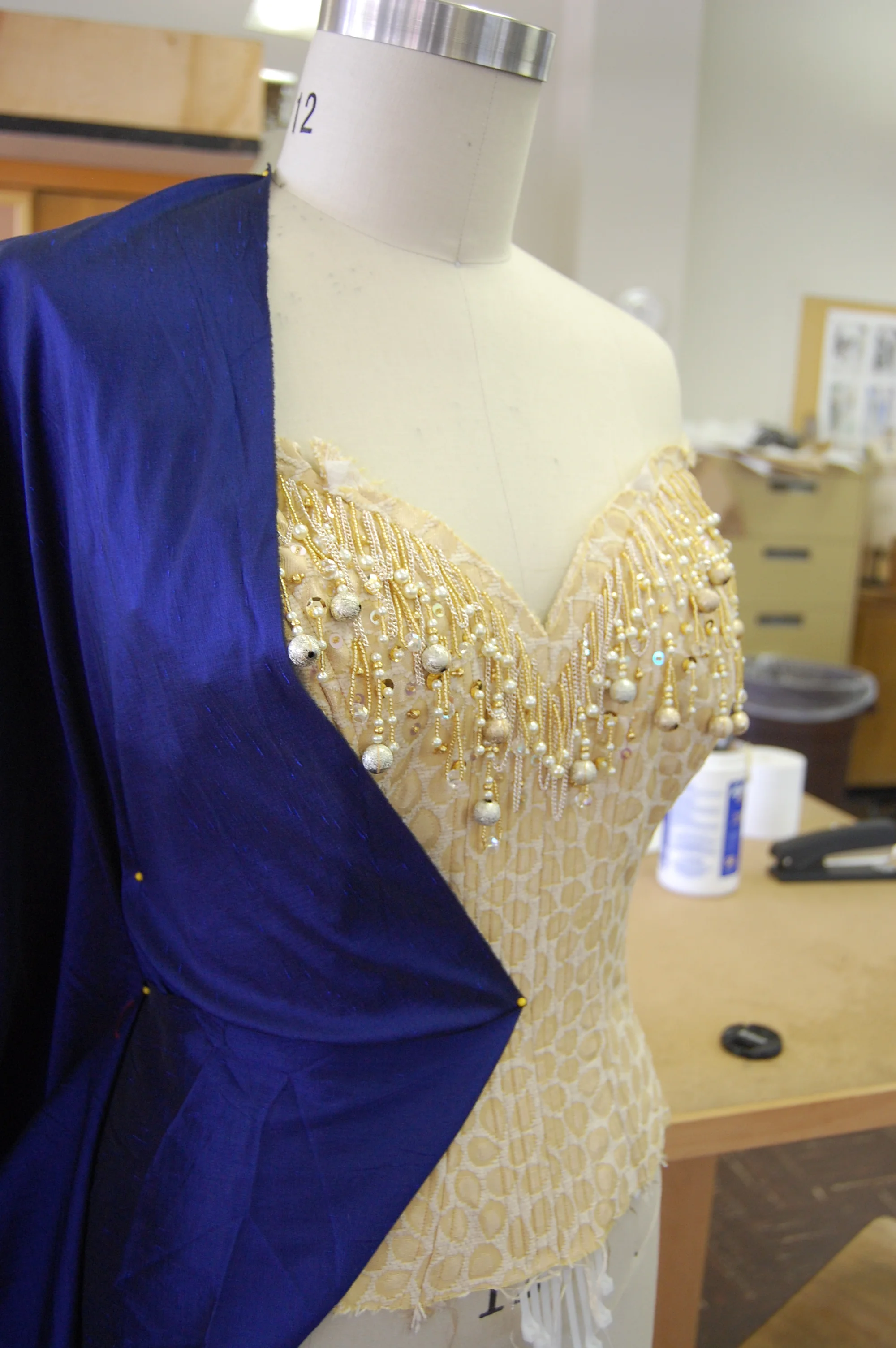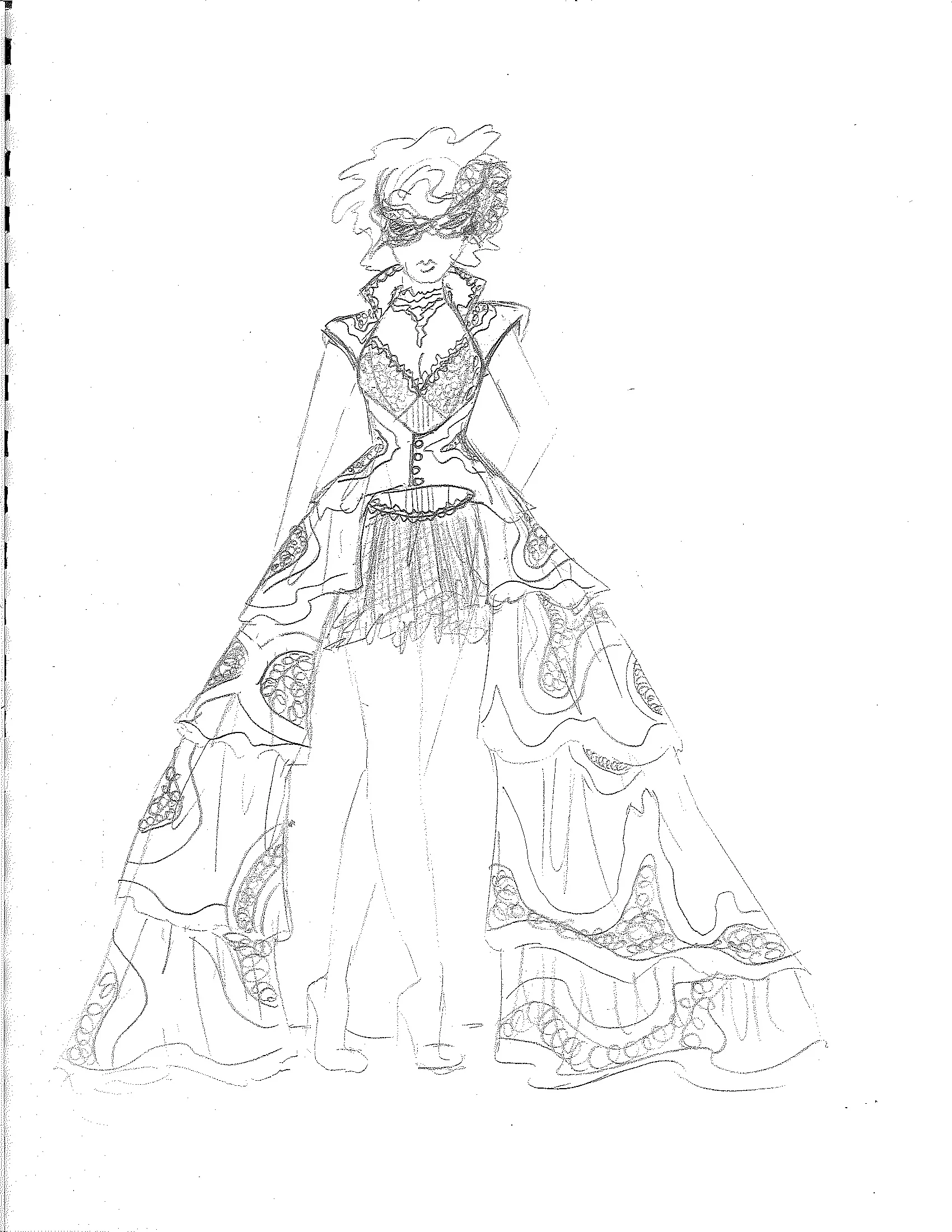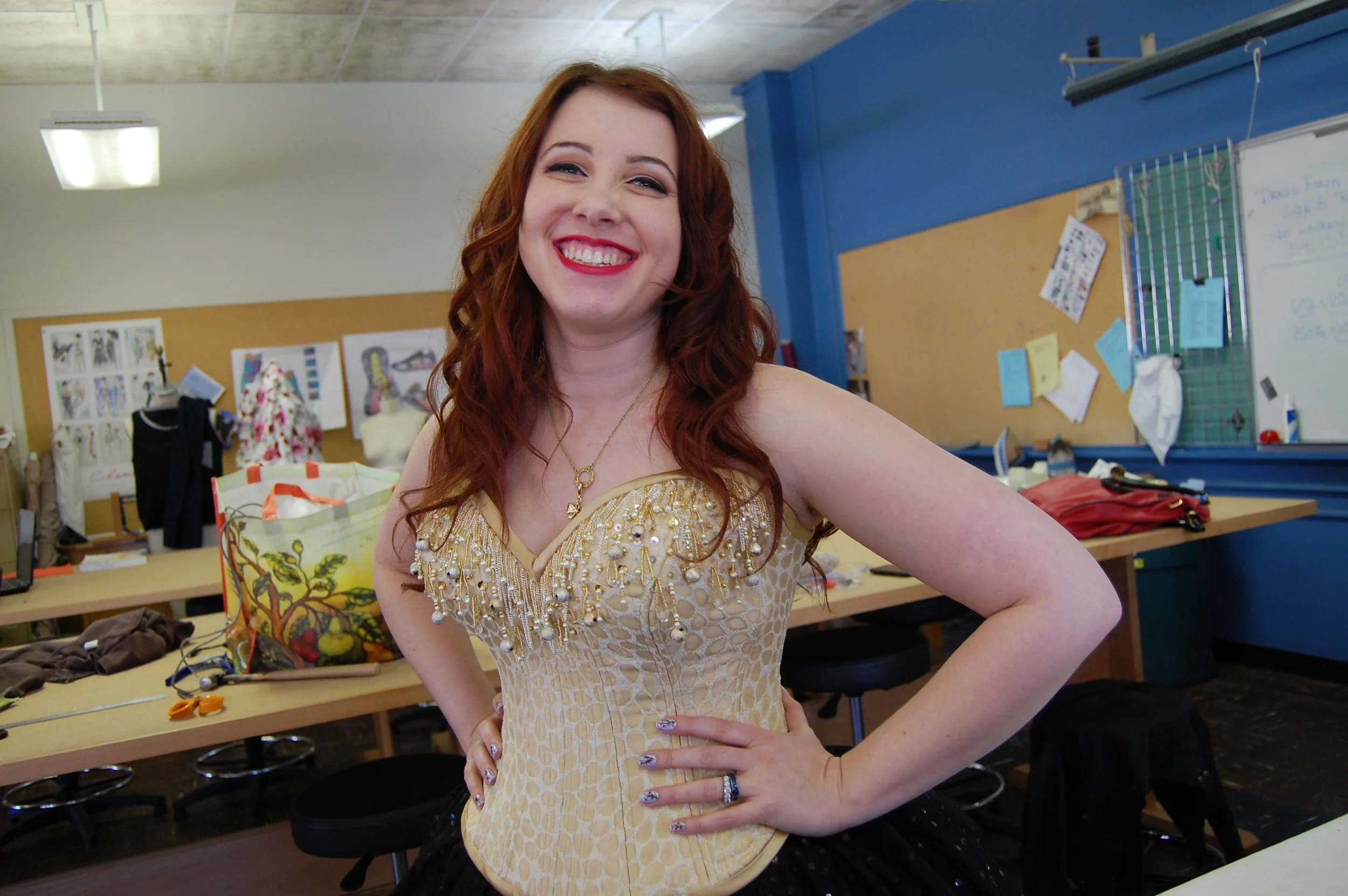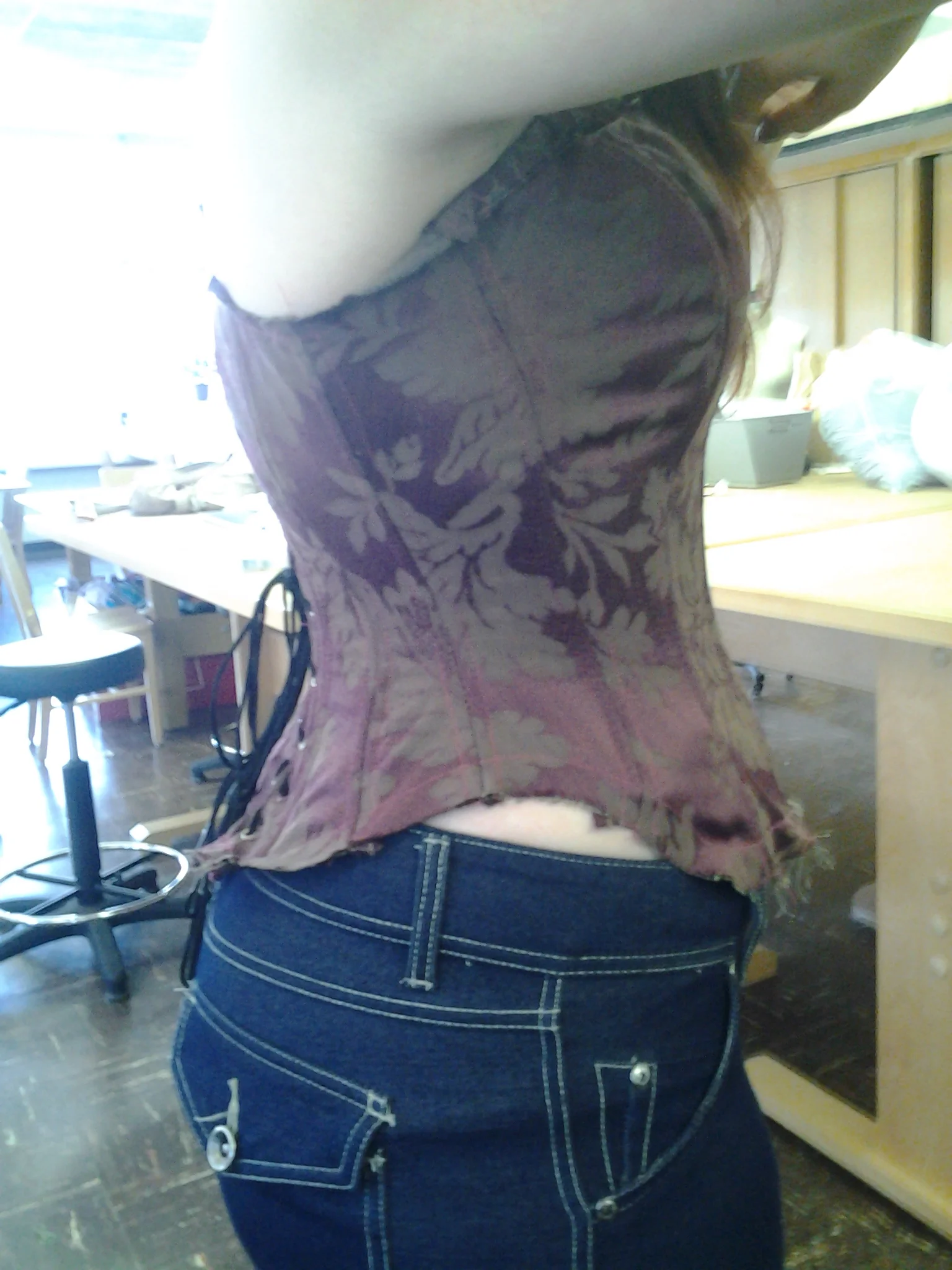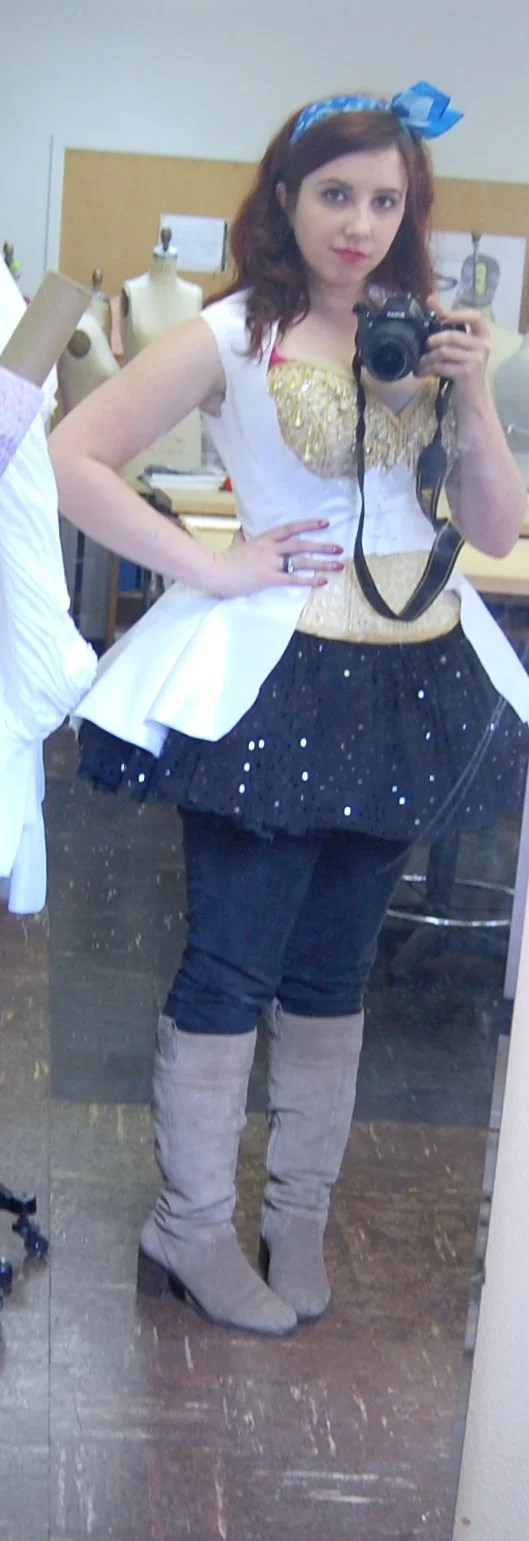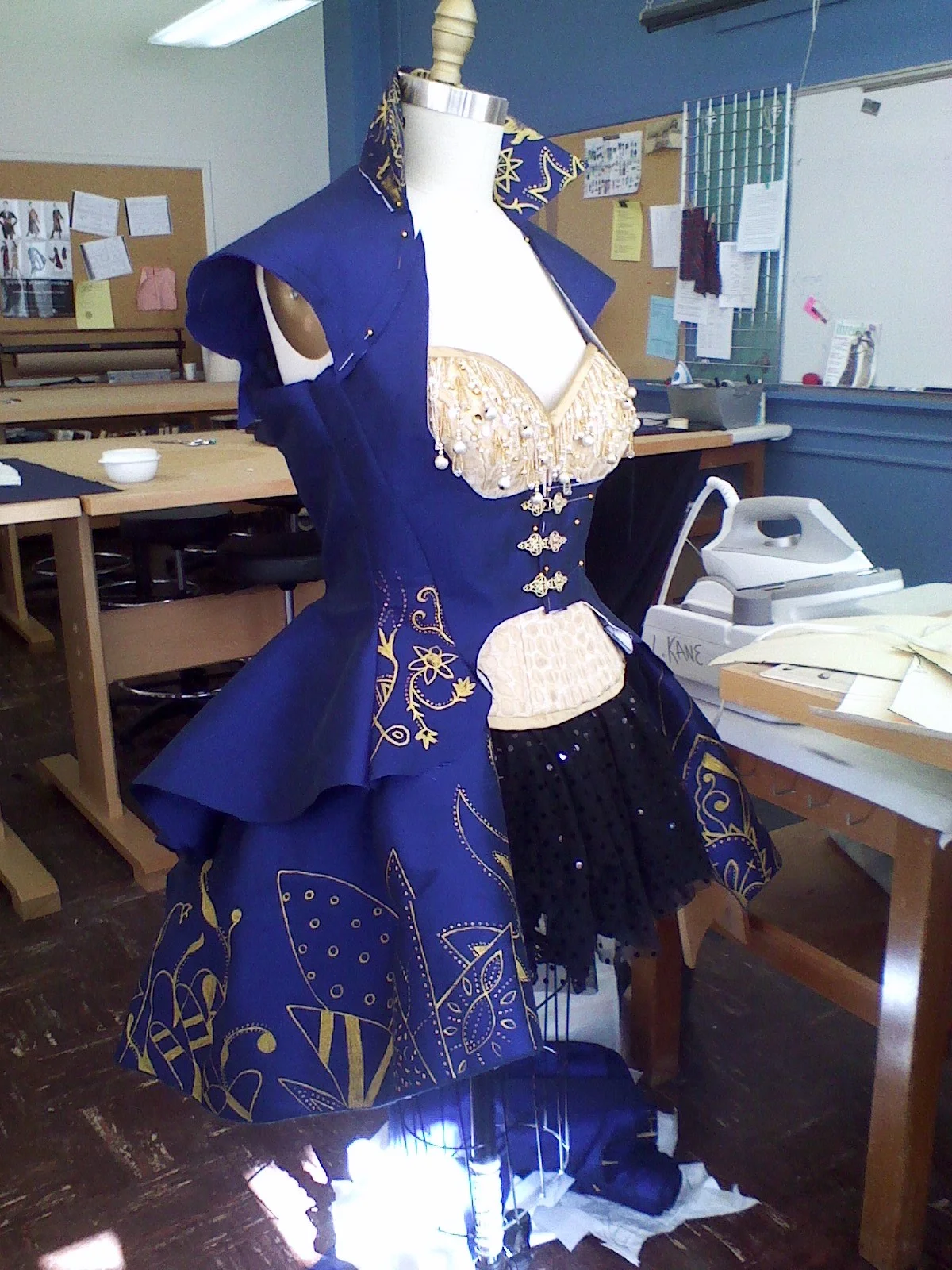Power, Justice and Faith: An Autobiographical Design
The clothes we wear are a part of our environment. We see ourselves in them. We feel them on our bodies and against our skin. Clothes make us feel a certain way. Some make us feel more relaxed, comfortable, strong, vulnerable, athletic, or confident. According to Hurlock, “we are apt to think of clothes as we do of our bodies, and so to appropriate them that they become perhaps more than any of our possessions, a part of ourselves.” (Hurlock, p. 44) The clothes we decide to adorn our bodies with not only say something about ourselves but also changes the way we feel in our environment.
Using psychological motivations in the design process has frequently been used in interior design. “Environmental psychology combines the study of the psych with that of environmental components.” (Kopec, p. xv) Using design psychology for built environments is “the practice of planning, architecture, and interior design in which psychology is the principal design tool.” (Israel, p. x) The process used in environmental psychology for design involves many factors and takes into account ones immediate surroundings, psychological and emotional responses, perceptions, and human behavior. Each of these factors behaves differently depending on the environment or location the person is in. So if the clothes we wear are part of our environment, can’t we design clothes the same way interiors are designed?
Dr. Toby Israel writes of adapting environmental design psychology to include autobiographically designed interiors. According to her “each of us possesses our own, unique environmental autobiography. Each of us has a treasure chest of memories and impressions of places we have lived…that lay the foundation for future choices when selecting [our home]” (Israel, p viii) Perhaps this also is true of the clothing we wear. The choices we have made in the past could influence the choices we make for future purchases or design ideas. Her book “Some Place like Home” details a thorough design process using autobiographical analysis of personal experiences and locations and how to use them in new design endeavors.
The purpose of this project to is to adapt design psychology tools and Israels’ autobibliographic design process into the creation of a garment. To narrow down my design problem I decided to design a garment for the Mardi Gras competition. Specifically I wanted to design around the meanings behind the Mardi Gras colors: purple, green and gold. The meanings of the colors were established “in the Rex parade of 1892…purple was identified with justice, green with faith, and gold with power.” (Huber, 16) The end result would be a garment that satisfied and represented my own personal feelings of justice, faith and power.
Before starting my design process I researched various definitions of power, justice and faith and used them to help build my own personal definition. Then I referenced Israel’s questions and adapted them to investigate my past associations with these words. Over the course of the project I discovered many of the questions in Israel’s original study did not translate to clothing design, so many of the questions I used were freshly developed. I compiled a list of questions like “What does power mean to you?” “What item of clothing has made you feel the most powerful?”, “Think back on your favorite items of clothing from your past and sketch them.”, “How did you feel when you wore these favorite items?”, Through these questions I was able to delve deep into my past and discover how influential my clothing choices have been to my personal feelings of power, faith and justice. I also noticed patterns in silhouettes, colors, shape and fit between the garments I chose.
During the entire design process I wanted to be as “just” to my natural design process as possible. I created a design journal to document my process. I sketched fluidly, letting my pencil guide me. I sketched many designs that took inspiration from garments I wore in the past. The end result was a happy medium between them all. I used the same technique throughout the garment construction. The beading of the corset was done with no patterns or set design. Each bead was placed where I felt it needed to be. The gold painted ruffles on the jacket were painted like a doodle on a piece of paper. Each pattern and design was a reflection of how I felt in that moment. The end result was a garment that was “just” and “faithful” to myself as a designer and felt “right” when worn. Details of the fit, design and motion of the garment reflected garments worn in my past. They brought back feelings when I felt confident and “powerful” in my clothing. The garment was a celebration of my own relationship with clothing and the way clothes affect my psyche.
Huber, L. V. (1977). Mardi Gras: a pictorial history of carnival in New Orleans. Gretna, La.: Pelican Pub. Co..
Hurlock, E. B. (1929). The psychology of dress; an analysis of fashion and its motive,. New York: Ronald Press Co..
Israel, T. (2003). Some place like home: using design psychology to create ideal places. Chichester, West Sussex, England: Wiley-Academy.
Kopec, D. A. (2006). Environmental psychology for design. New York: Fairchild.
Construction
Corset
The corset was drafted using flat patterning techniques. It includes a built in padded bra, hand beading and a flannel lining. The gold fabric was a special order fabric from JoAnns that I fell in love with. The fabric has a small chenille weave and decorative satin weaved sections that provide really pretty texture in person. The corset is fully boned with a combination of flat steel and plastic zip ties. The decorative beading was all done by hand. One of my favorite parts of the corset is the lining: a silly printed flannel with happy smiling whales on it :)
Skirt
The petticoat consists of heavy tulle with eyelet lace trim hem and a confetti dot chiffon overlay. The skirt fastens with velcro in the back and purposely overlaps about 10 inches in order to double the thickness of the amount of tulle in the back to support the weight of the jacket.
Jacket
The jacket pattern was developed using a combination of flat pattern and draping techniques. The jacket features a stand up collar, raglan sleeves, front clasp closures and rows of ruffles. Each ruffle and the collar was hand painted using Jacquard Lumiere paint. The very last row of the ruffle was painted by friends, family and members of the DHE department at Oregon State University as an homage to an old pair of jeans I wore and also to symbolically represent my friends, family and coworkers as the foundation of who I am as a person.





